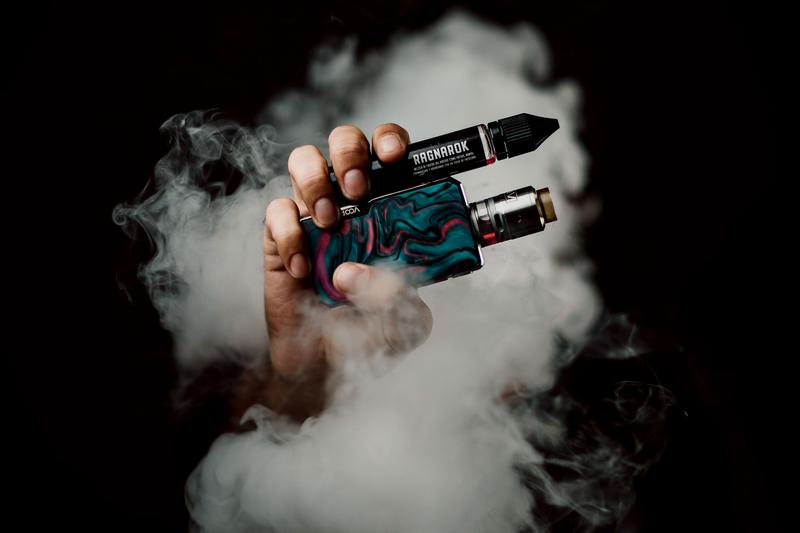Exploring the Truth: How Many Calories in a Vape?
With the rise of vaping as an alternative to traditional smoking, many people are curious about the health implications associated with this trend. While the harmful effects of smoking cigarettes are well-documented, there is still a lot of misinformation surrounding vaping. One common question that arises is: How many calories are in a vape?
Understanding Vaping

Before delving into the calorie content of vaping, it’s essential to understand what vaping entails. Vaping involves inhaling and exhaling vapor produced by an electronic cigarette or similar device. These devices heat a liquid solution, often containing nicotine, flavorings, and other chemicals, to create the vapor that users inhale.
Unlike traditional cigarettes, which burn tobacco to produce smoke, vaping does not involve combustion. Instead, the liquid is vaporized at a much lower temperature, which proponents argue reduces the exposure to harmful chemicals found in cigarette smoke.
The Calorie Conundrum
When it comes to calorie content, vaping differs significantly from smoking cigarettes. Traditional cigarettes contain zero calories because they do not involve the ingestion of any food substances. However, vaping liquids, also known as e-liquids or vape juice, typically contain ingredients that may contribute to the calorie count.
One of the main components of vape juice is propylene glycol (PG) or vegetable glycerin (VG), which are used to create the vapor. Both PG and VG are odorless, colorless liquids that are commonly used in food products as sweeteners or thickeners. While they do contain calories, the amount present in vape juice is minimal.
According to the U.S. Food and Drug Administration (FDA), PG contains approximately 4 calories per gram, while VG contains about 4.32 calories per gram. However, the amount of PG and VG consumed through vaping is negligible compared to other sources of calories in the average diet.
Additional Factors to Consider
It’s important to note that the calorie content of vape juice may vary depending on additional ingredients such as flavorings and nicotine. Some e-liquids contain artificial flavorings to enhance the taste, which may contribute a negligible amount of calories.
Nicotine, on the other hand, is a stimulant found in tobacco that is often added to https://www.yocanvapeusa.com/product/yocan-keen-vaporizer-kit-400mah-green juice. While nicotine itself does not contain any calories, it can affect metabolism and appetite, potentially influencing calorie intake through other food sources.
Furthermore, the act of vaping itself may have indirect effects on calorie consumption. Some individuals use vaping as a method to curb appetite or satisfy cravings, which could impact overall calorie intake. However, research on the relationship between vaping and appetite suppression is limited, and more studies are needed to fully understand these effects.
Conclusion
So, how many calories are in a yocan ari slim 350mah battery 510? The answer is not straightforward. While the ingredients in vape juice do contain calories, the amount is minimal and unlikely to have a significant impact on calorie intake. Factors such as flavorings and nicotine may contribute slightly to the overall calorie content, but the primary purpose of vaping is not to consume calories.
It’s essential to approach vaping with caution and awareness of its potential health effects, including nicotine addiction and respiratory issues. While vaping may be considered a safer alternative to smoking traditional cigarettes, it is not without risks.

Ultimately, if you’re concerned about calorie consumption, it’s best to focus on maintaining a balanced diet and healthy lifestyle rather than worrying about the negligible calorie content of vape juice.
Remember, when it comes to your health, informed decisions are key.
So, if you’re considering vaping or are already a vaper, be sure to weigh the pros and cons carefully and consult with a healthcare professional if you have any concerns.